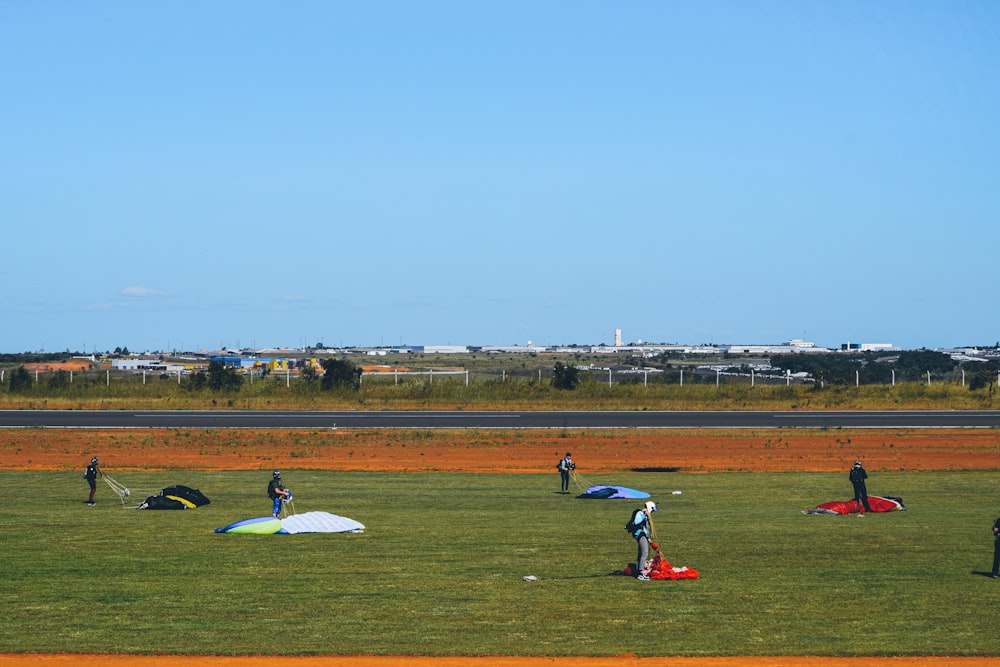
Revolutionizing Athletic Recovery: Cutting-Edge Sports Tech
In the fast-paced world of sports, athletes are constantly pushing their limits to achieve peak performance. As the demand for excellence rises, so does the need for effective recovery strategies. Enter sports recovery technology, a game-changer that is revolutionizing how athletes recuperate and optimize their performance.
The Importance of Recovery in Sports
Before delving into the realm of sports recovery technology, it’s crucial to understand the significance of recovery in the world of sports. Recovery is not just about resting; it’s a strategic process aimed at repairing the body, preventing injuries, and ensuring athletes are ready for their next challenge. In recent years, the focus on recovery has intensified, with athletes and coaches recognizing its pivotal role in overall athletic success.
Understanding Sports Recovery Technology
Sports recovery technology encompasses a range of innovative tools and techniques designed to expedite the recovery process and enhance performance. These technologies leverage advancements in science, medicine, and engineering to provide athletes with targeted solutions for recovery. From wearable devices to cryotherapy chambers, the options are diverse and continually evolving.
Wearable Devices for Real-Time Monitoring
One of the breakthroughs in sports recovery technology is the development of wearable devices that enable real-time monitoring of various physiological parameters. Athletes can now track their heart rate, sleep patterns, and even muscle oxygen levels, allowing for data-driven insights into their recovery needs. This information empowers athletes and their coaches to make informed decisions about training intensity and recovery strategies.
Cryotherapy: Freezing the Path to Recovery
Cryotherapy has gained popularity as a cutting-edge recovery technique. Athletes immerse themselves in extremely cold temperatures for a short duration, triggering a range of physiological responses. This exposure is believed to reduce inflammation, alleviate muscle soreness, and accelerate the overall recovery process. Cryotherapy chambers have become a staple in many elite training facilities, providing athletes with a quick and efficient recovery option.
Compression Therapy: Squeezing Away Fatigue
Compression therapy involves the use of specialized garments that apply pressure to specific areas of the body. This technique aims to improve blood circulation, reduce muscle soreness, and enhance the removal of waste products from muscles. Athletes can utilize compression sleeves, socks, or full-body suits as part of their recovery routine, experiencing the benefits of increased oxygen delivery to muscles.
Hydration Monitoring and Optimization
Proper hydration is fundamental to recovery, and technology has stepped in to help athletes maintain optimal fluid balance. Smart water bottles and hydration trackers enable athletes to monitor their water intake and receive reminders to stay adequately hydrated. Maintaining proper hydration levels is essential for supporting physiological processes crucial to recovery, such as nutrient transport and temperature regulation.
Nutrition Personalization with Apps
Nutrition plays a pivotal role in recovery, and technology has made it easier for athletes to personalize their dietary plans. Mobile apps allow athletes to track their nutritional intake, receive customized meal plans, and monitor their macronutrient ratios. This level of precision ensures that athletes provide their bodies with the right nutrients at the right times, promoting efficient recovery and performance gains.
Hyperbaric Chambers: Oxygenating Tissues for Recovery
Hyperbaric oxygen therapy involves exposing the body to increased pressure in a chamber filled with pure oxygen. This technique is believed to enhance the body’s natural healing processes by increasing oxygen delivery to tissues. Athletes use hyperbaric chambers as part of their recovery regimen to reduce inflammation, speed up injury healing, and promote overall recovery.
Integrating Technology into Training Programs
As sports recovery technology continues to advance, its integration into overall training programs becomes more seamless. Coaches and athletes collaborate to analyze data collected from various technologies, tailoring training plans and recovery strategies based on individual needs. This personalized approach maximizes the effectiveness of training and minimizes the risk of overtraining or injury.
The Future of Sports Recovery Technology
The landscape of sports recovery technology is dynamic, with ongoing research and development pushing boundaries. From AI-driven recovery algorithms to biofeedback systems, the future holds exciting possibilities for athletes seeking optimal performance and recovery. Embracing these advancements will likely become standard practice for athletes across various sports disciplines.
To explore the latest innovations in sports recovery technology, visit Sports recovery technology and unlock a new era of athletic performance and well-being.



